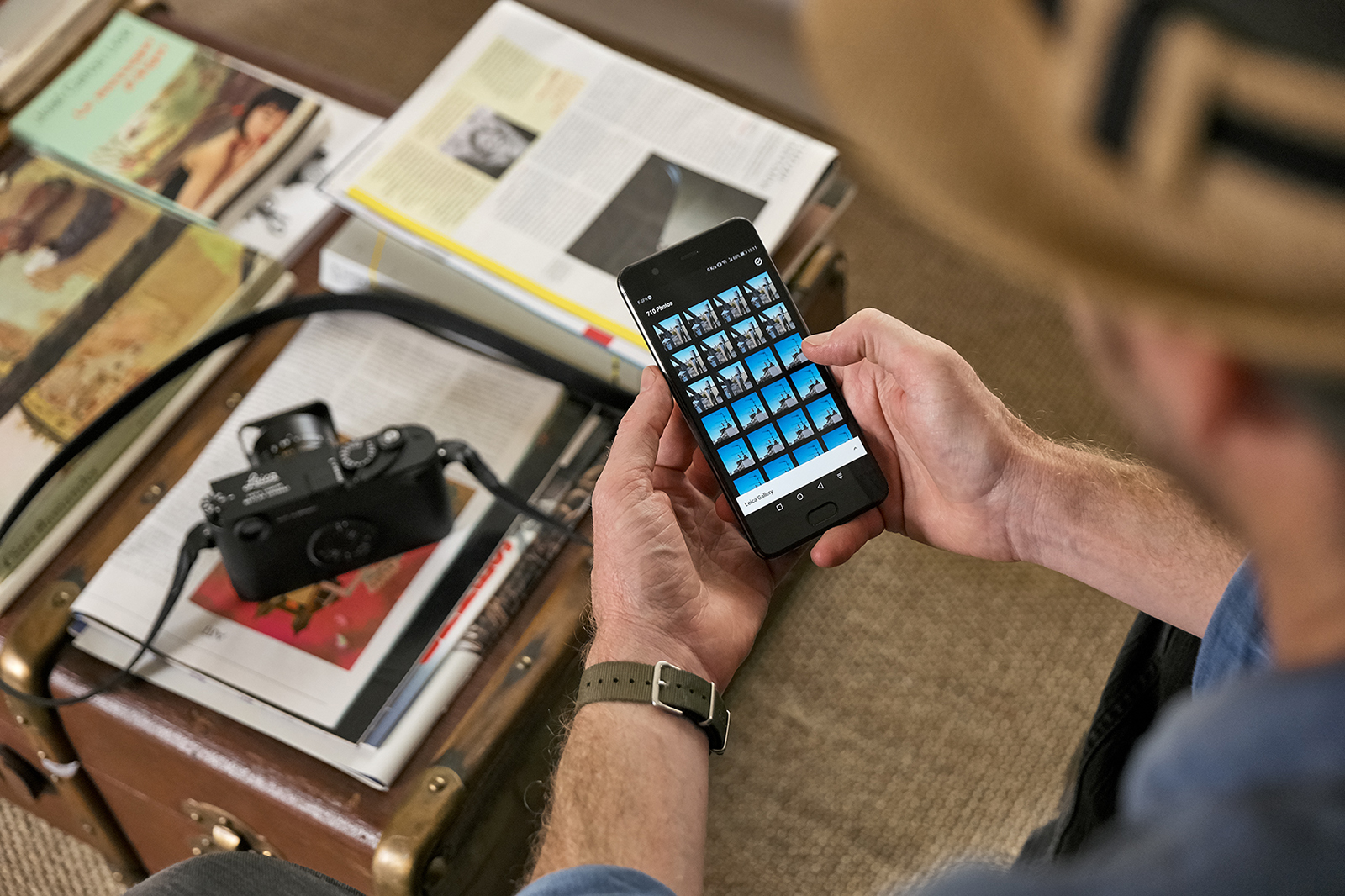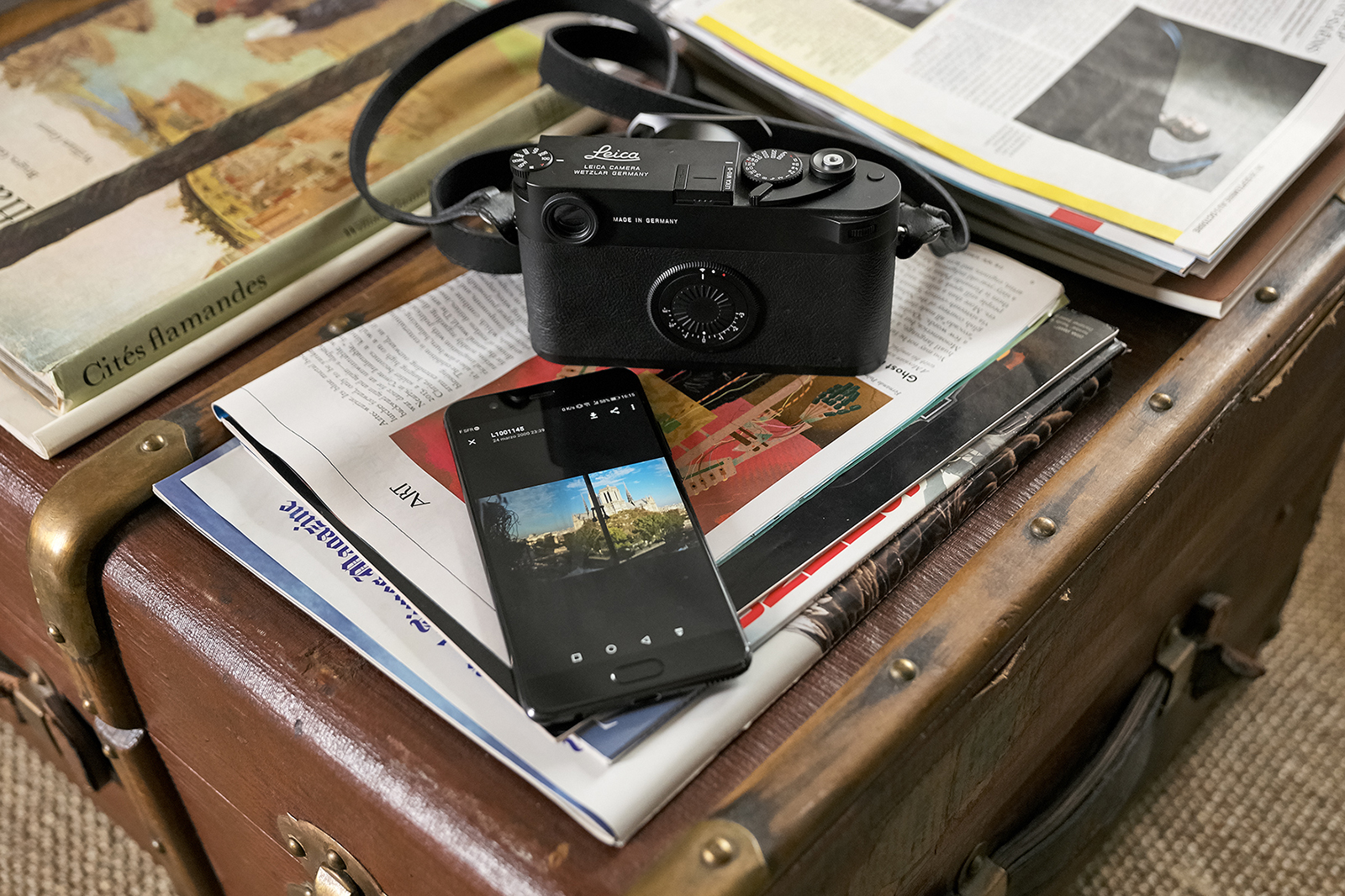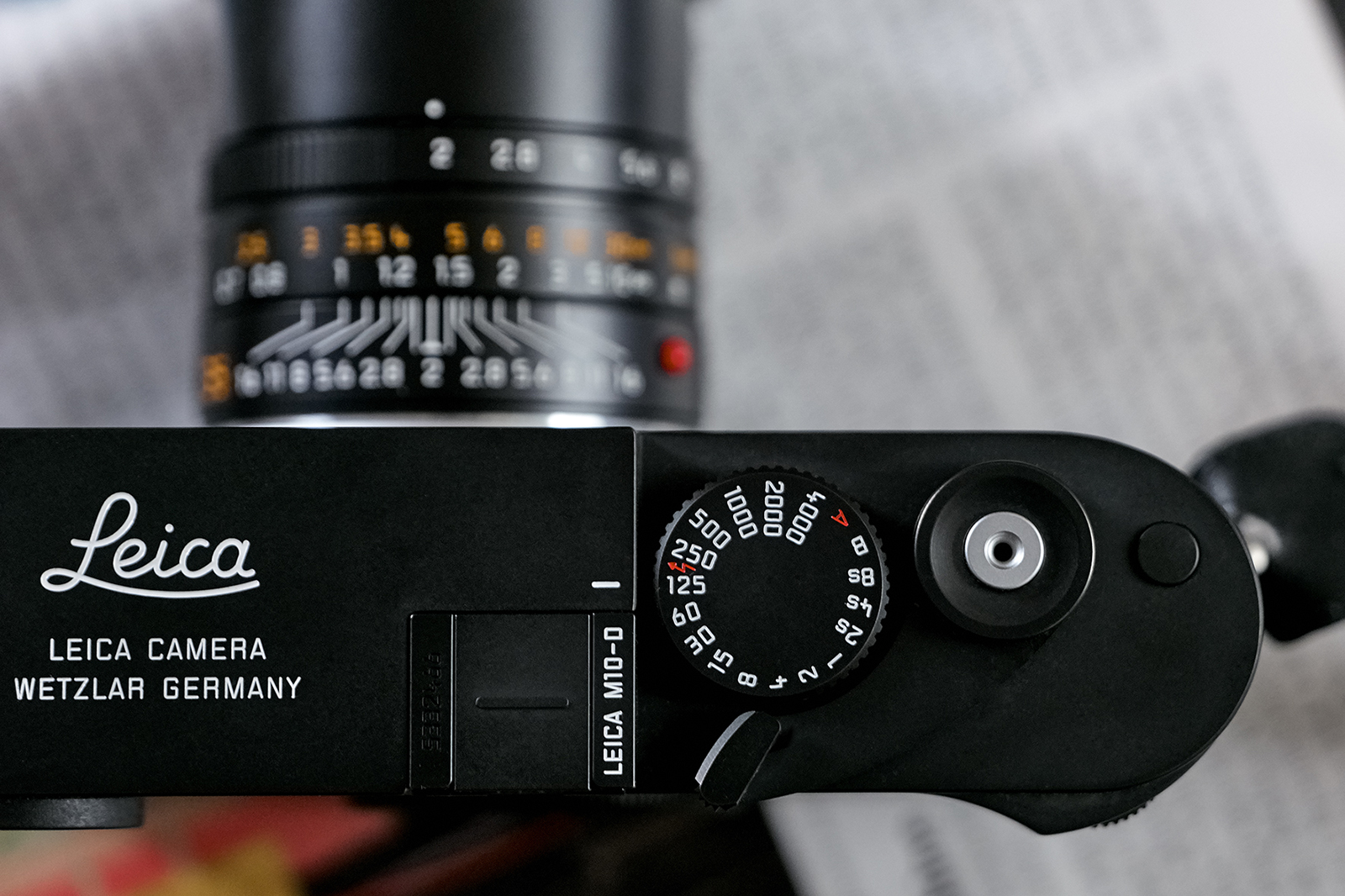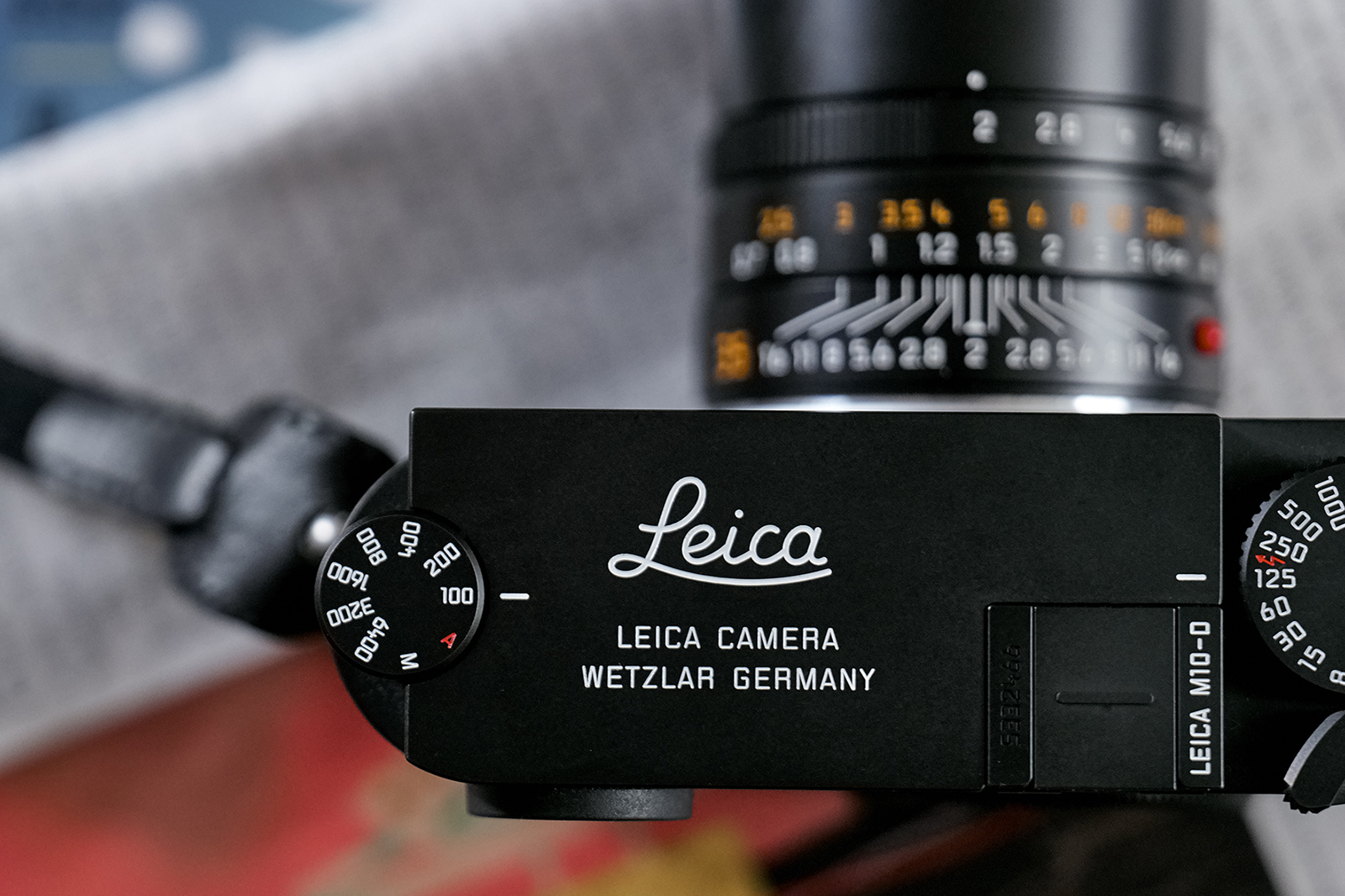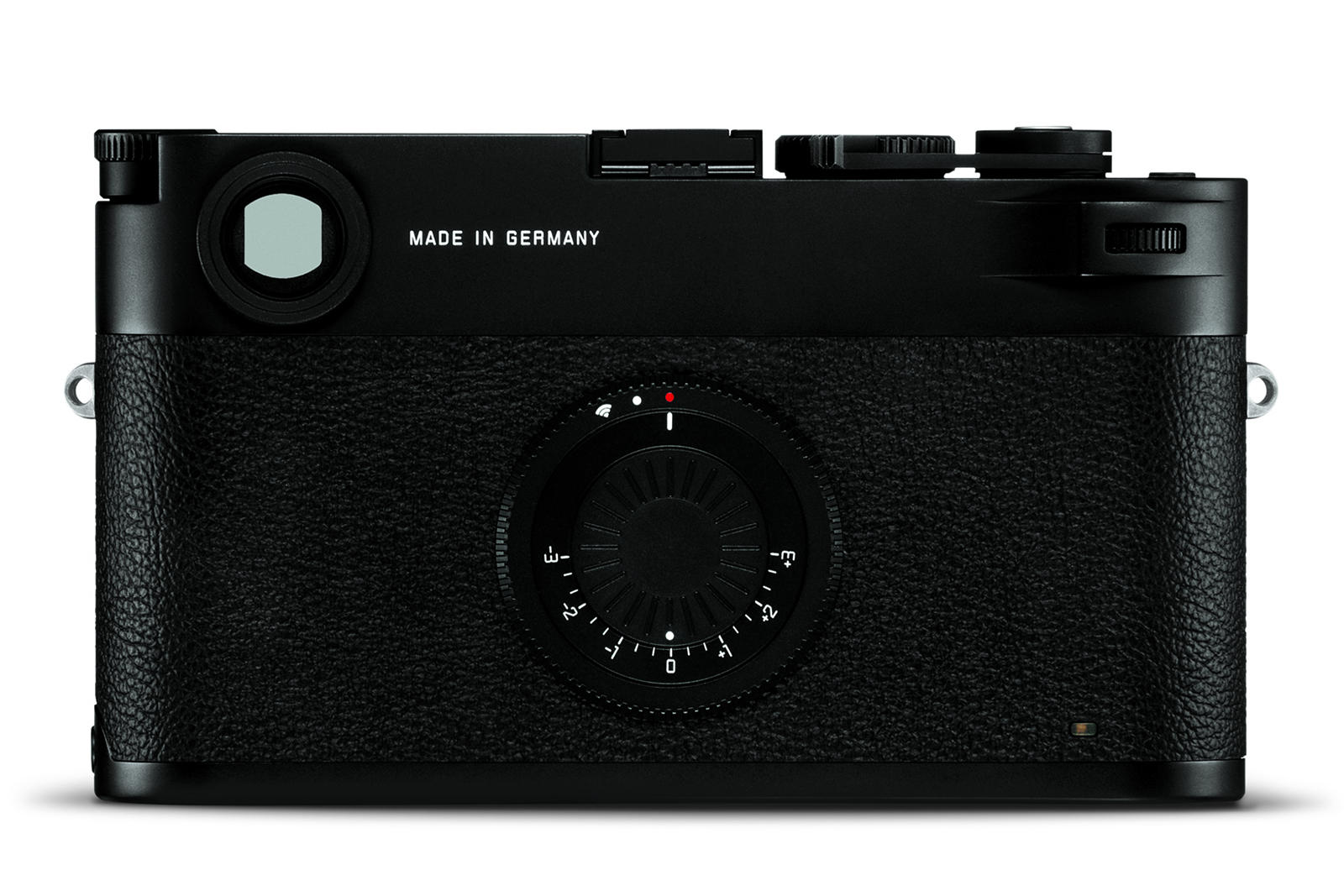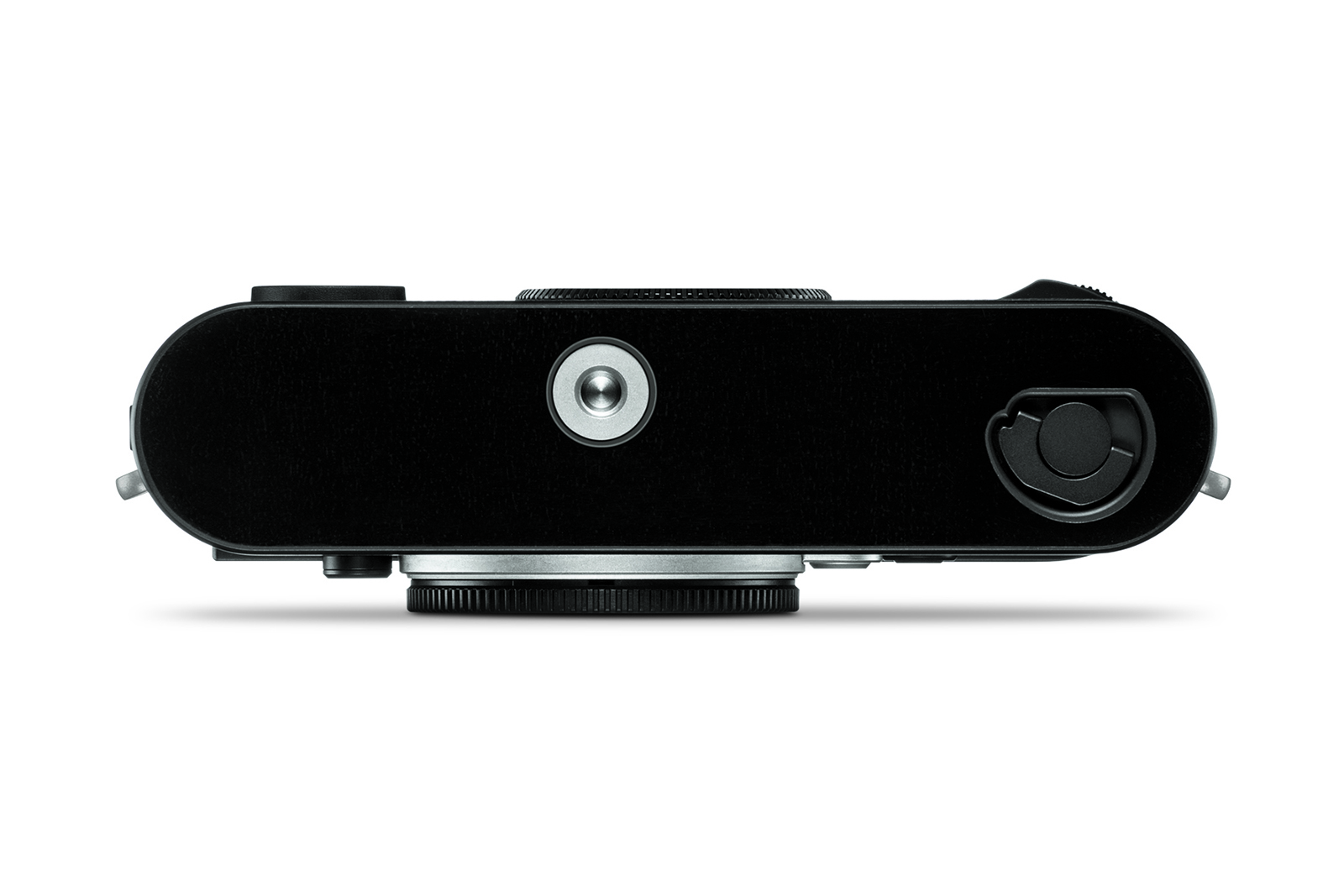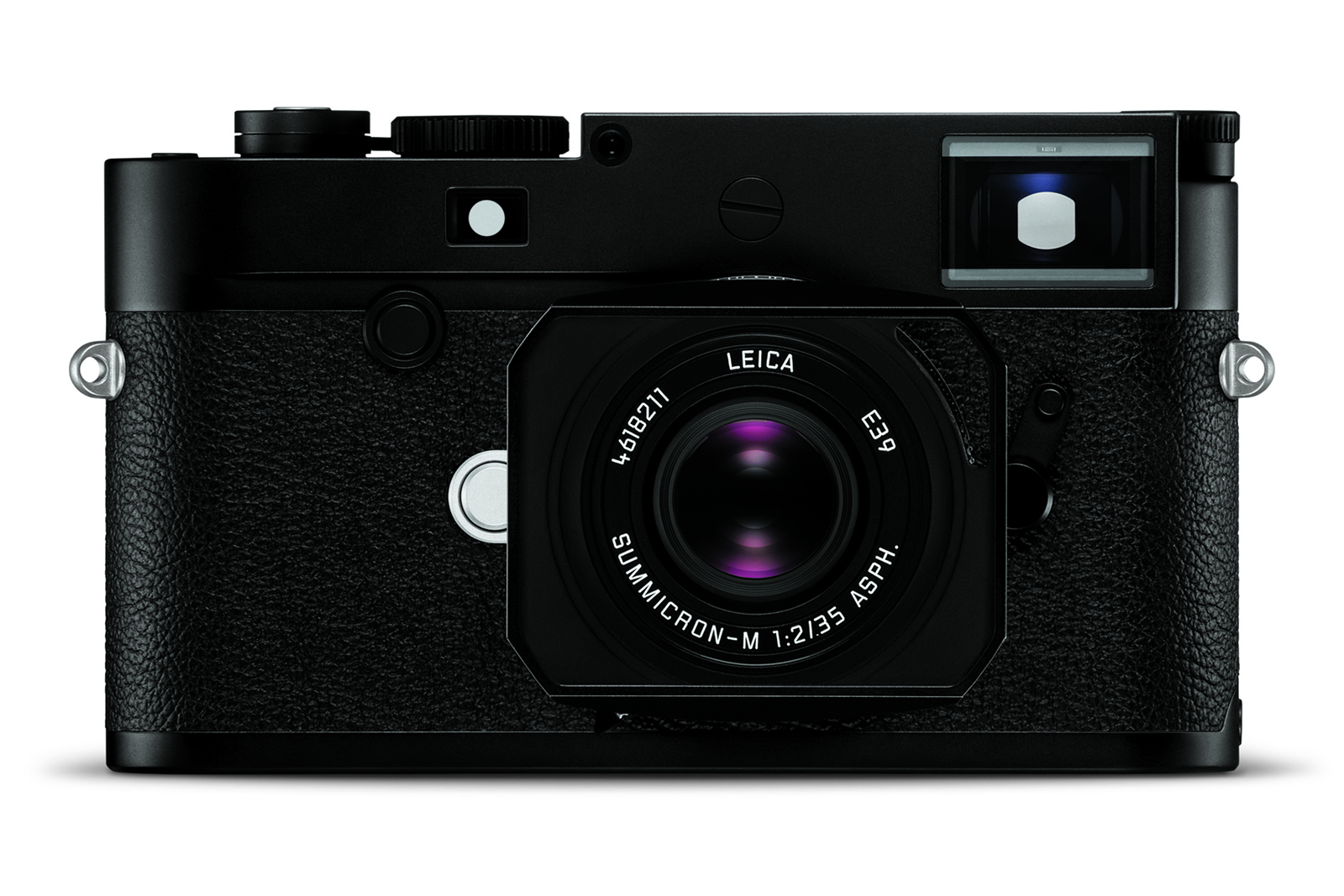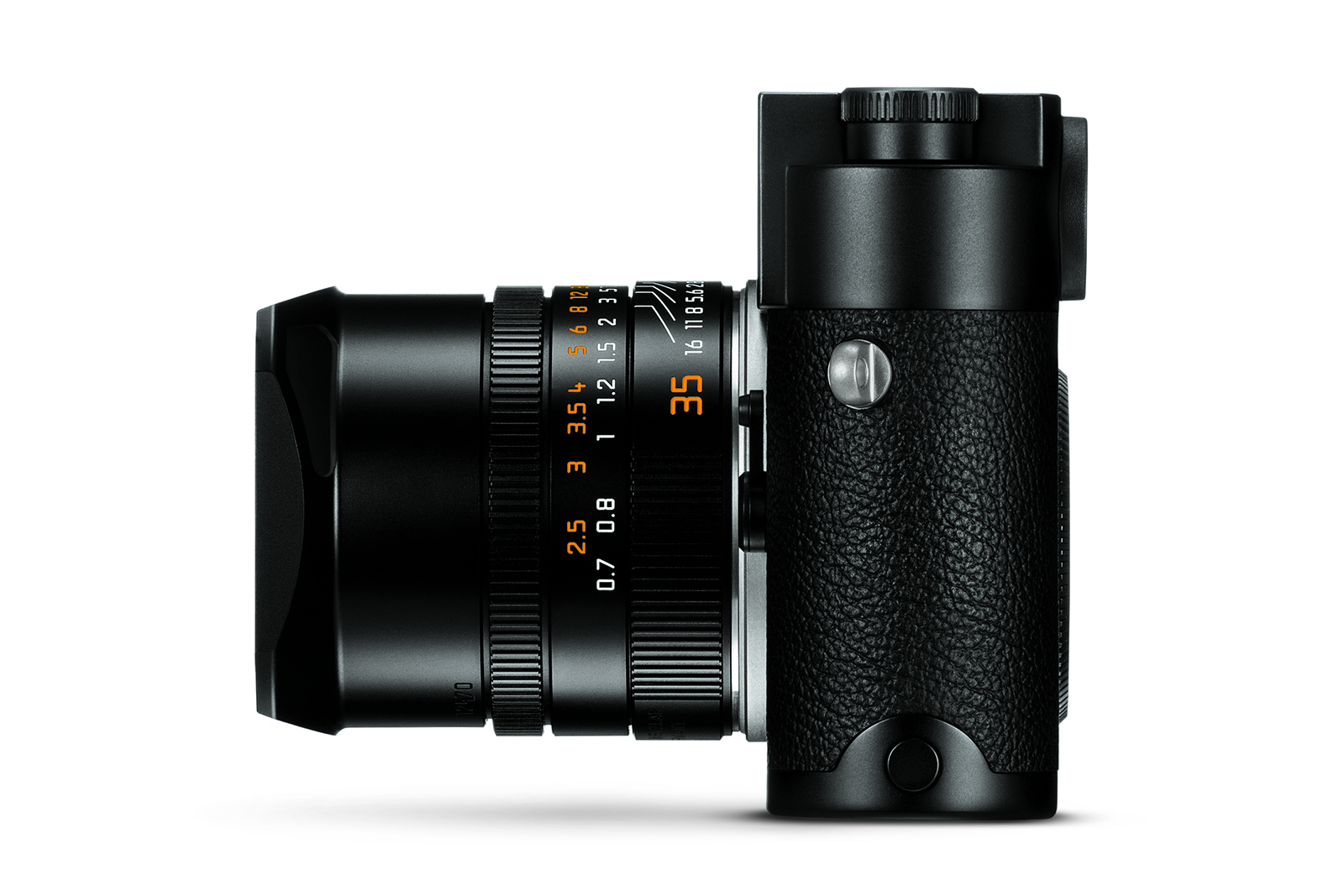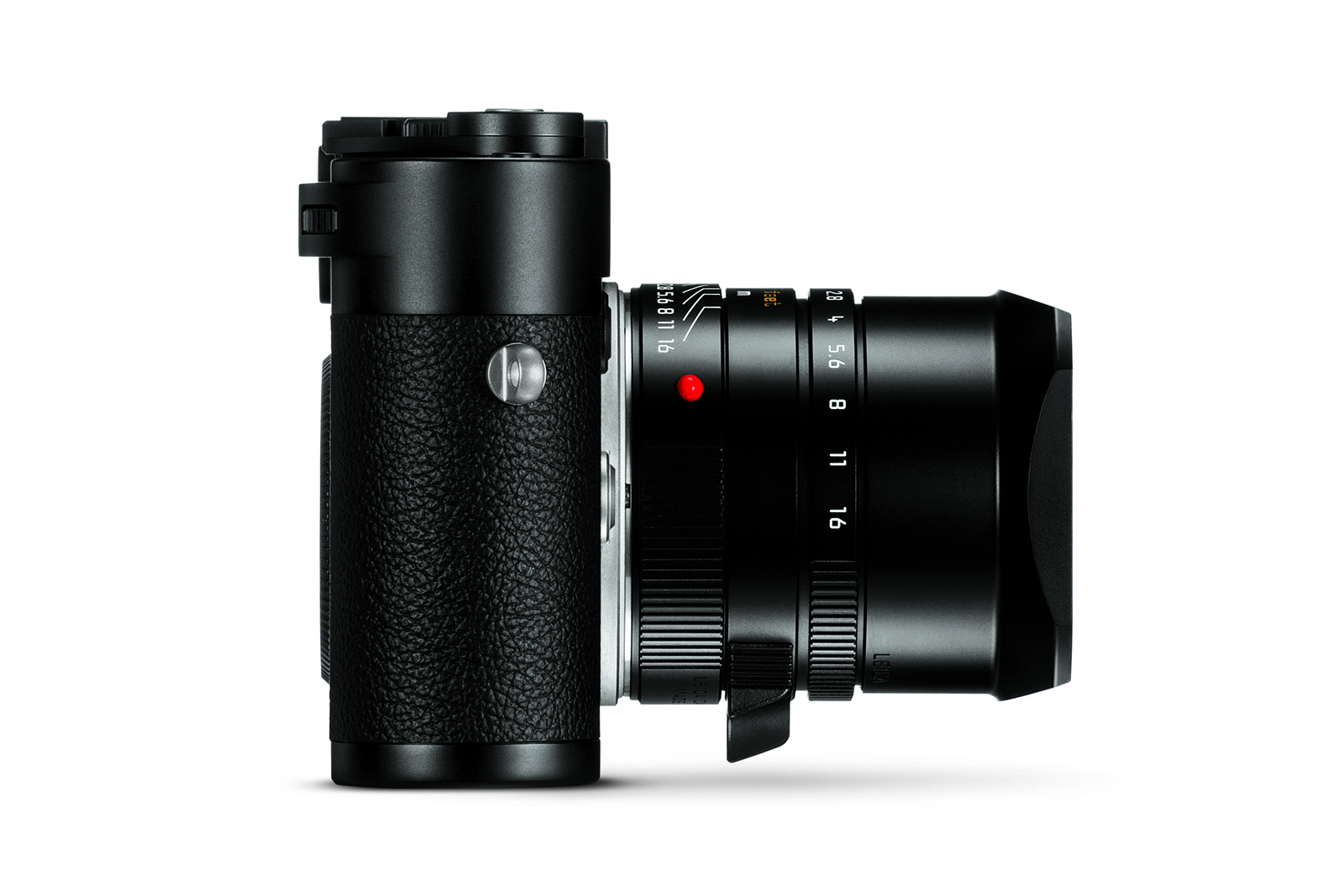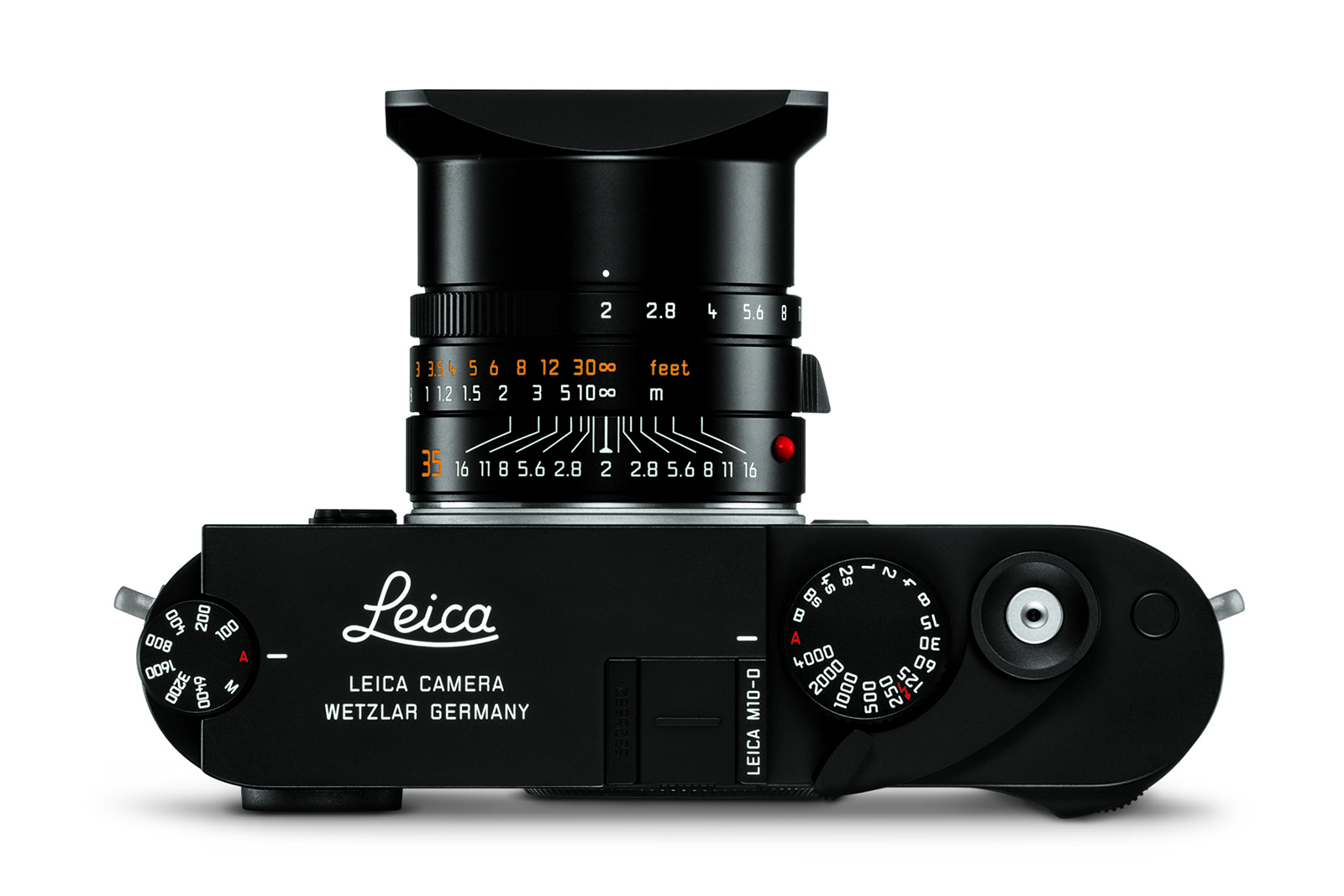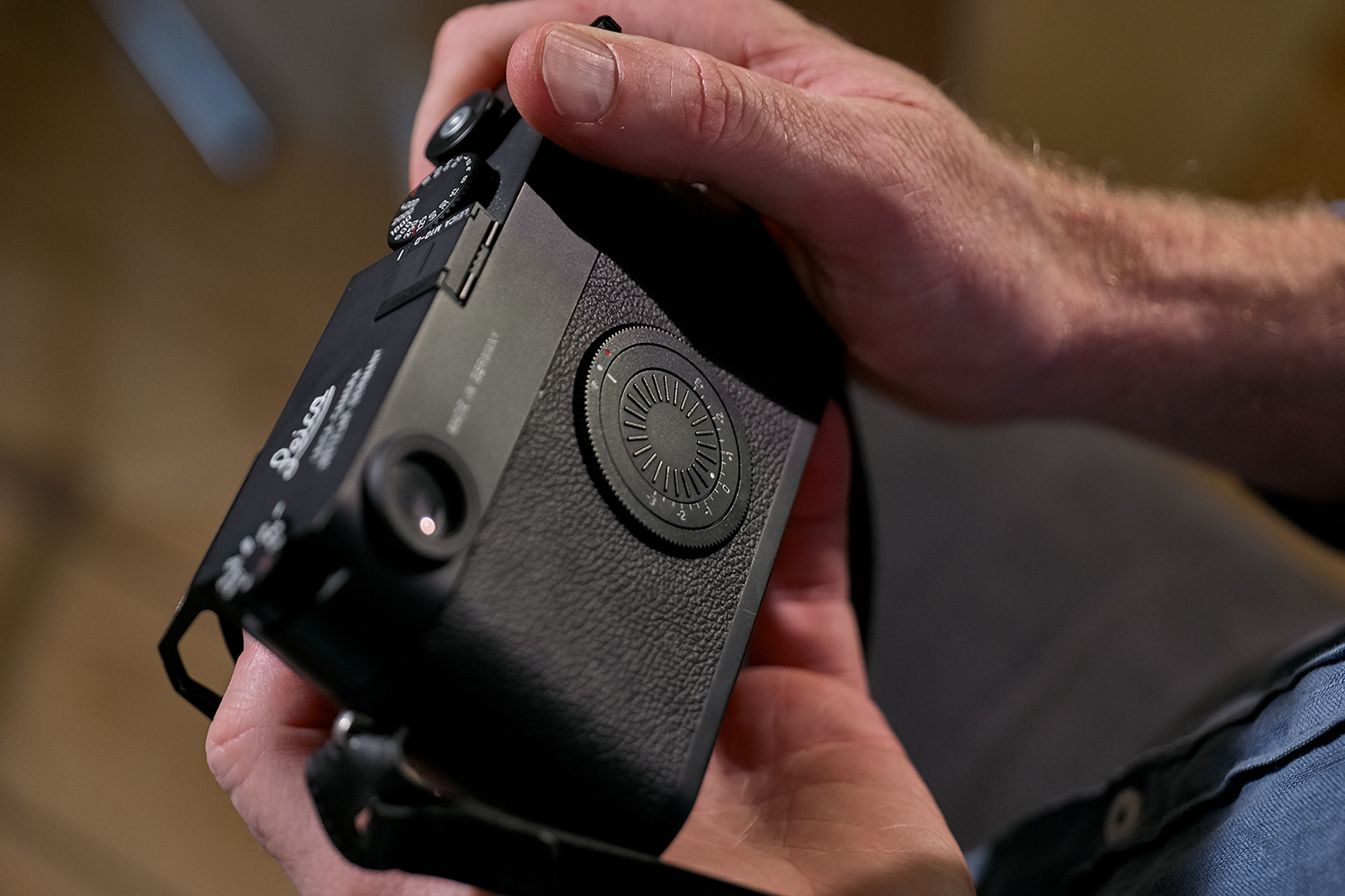Leica’s latest camera would be tough to pick out among a line of classic film cameras, despite the camera’s digital sensor inside. On Wednesday, October 24, Leica debuted the Leica M10-D, a full-frame digital rangefinder camera with a screen-free body channeling classic film.
As part of Leica’s digital rangefinder series, the Leica M10-D shares the same digital guts as the earlier M10 and other iterations like the M10-P. The camera houses a 24 megapixel full-frame CMOS sensor with an ISO range from 100 to 50,000, pairing that sensor with M-Mount lenses.
While the M10-D may have the same guts as the M10, on the outside, the two cameras are vastly different. Leica intentionally did away with the telltale LCD screen at the back. The move helps give the M10-D the look of a film camera, but Leica says the change also frees “photographers from all distractions.”
Continuing the film look, the Leica M10-D uses a mechanical dial for exposure compensation at the back designed to resemble the controls of an analog M series Leica. That rear control ring also houses controls to turn the camera on and off along with a control for activating the Wi-Fi. Shutter speed and ISO also both receive mechanical dials, located at the top of the camera.
Besides the lack of a screen, Leica is aiming to disguise the digital camera as a film camera even further with a pullout thumb rest, which is designed to look like the film advance lever of an analog camera. Leica says the thumb rest aids in the ergonomics, particularly while shooting with one hand.
For photographers not entirely sure about ditching that screen, the M10-D is also compatible with the Visoflex add-on electronic viewfinder, which sits in the camera’s hot shoe slot. The body of the camera still includes the rangefinder-style viewfinder.
The camera’s built-in Wi-Fi helps enable features that normally require a screen. Using the Leica Fotos App, the camera can wirelessly send over images to an iOS or Android device for viewing and sharing images as well as adjusting some camera settings. Once the settings are adjusted, those changes are saved directly to the camera for shooting without that connection later on. The Wi-Fi connectivity also enables remote shooting.
Those analog-inspired features are housed on a fully die-cast magnesium alloy body. Like the M10-P, Leica did away with the iconic red Leica logo on the front for a more discrete look, instead using the Leica name at the top of the camera. The M10-D also uses the quieter shutter like the M10-P.
The Leica M10-D launches this week for $7,995 from Leica dealers. The Leica Fotos App is a free download from Google Play or the App Store.
